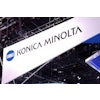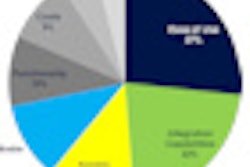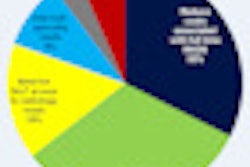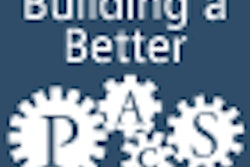Despite all the benefits of PACS, digital images engender their own security issues, including the possibility of alteration by image editing software. As such, institutions need to take steps to ensure data integrity, according to research published online in Clinical Radiology.
A research team from Catholic University of Korea in Seoul found that not only could CT images be easily altered to add abnormalities using commercially available image editing software, radiologists also weren't able to identify the retouched images.
"Therefore, all medical image data must be secured using security systems and education of the healthcare providers," wrote a research team led by H.J. Chang.
To find out if radiologists could recognize images that were retouched to include sham lesions, the research team chose 10 representative key images of aortic dissection, hepatocellular carcinoma, renal cell carcinoma, colon cancer, liver metastasis, hepatic cyst, gallbladder stones, splenic artery aneurysm, adrenal adenoma, and stomach cancer of abdominal CT images performed in 2008 (Clin Radiol, September 15, 2010).
After being exported from the institution's PACS as JPEG files, five of the key images were replaced with retouched images using version 8.0 of Adobe Photoshop CS image editing software (Adobe Systems, San Jose, CA). Pathological lesions were applied over a set of normal images using Photoshop's "clone stamp" or "lasso" tool.
Various other Photoshop tools such as "sponge," "burn," "smudge," and "sharpen filter" were used during the retouching process, which was completed in an average of 15.2 minutes per image. The JPEG files were then converted back to DICOM format using the Racvert JPEG-to-DICOM conversion program (Infinitt, Seoul, Korea) and imported back to the PACS.
Thirty radiologists -- 13 residents and 17 attending radiologists -- were asked to make a diagnosis of the 10 images. Afterward, they were asked to identify any possible retouched images.
None of the reviewers recognized that some images had been retouched during their initial read. And even after the reviewers were told of the possibility of image retouching, the average detection rate was 50%, equivalent to flipping a coin.
They did not find any significant difference between residents and attending radiologists in the detection rate of retouched images.
Digital images can be easily edited using image-editing software, with no obvious evidence of image manipulation, according to the researchers.
"Once the images have been retouched, radiologists will have difficulty in discerning whether the lesion in the liver is true or fake, despite the use of sophisticated image manipulations at the advanced workstation," the authors wrote.
Using this software, a typical disease pattern taken from an abnormal image could be added to a normal image, or an image with an abnormality could be manipulated to appear free of disease, according to the authors.
Though this technique could be employed to create a teaching file or to improve image quality for diagnosis or for textbooks, it might also be used for scientific and insurance fraud or even to cover up a malpractice issue, they noted.
"Radiologists should be aware about the potential fraudulent use of retouched images in their clinical practice," the authors concluded. "Healthcare providers should apply high ethical standards when handling digital images."
By Erik L. Ridley
AuntMinnie.com staff writer
October 7, 2010
Related Reading
Shared imaging repositories bring access challenges, August 11, 2010
Tenn. BCBS completes hard drive theft remediation, May 26, 2010
Computer stolen from Ky. mammo center, April 30, 2010
Radiologist hacks hospital PACS to access patient records, March 31, 2010
Firm: Hacker attacks on HIT doubled in Q4, February 2, 2010
Copyright © 2010 AuntMinnie.com




















